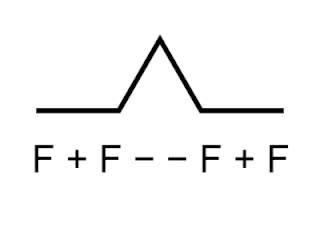
Logo is an educational programming language, designed in 1967 by Wally Feurzeig, Seymour Papert, and Cynthia Solomon. Logo is not an acronym: the name was coined by Feurzeig while he was at Bolt, Beranek and Newman, and derives from the Greek logos, meaning word or thought.

Structure and Interpretation of Computer Programs (SICP) is a computer science textbook by Massachusetts Institute of Technology professors Harold Abelson and Gerald Jay Sussman with Julie Sussman. It is known as the "Wizard Book" in hacker culture. It teaches fundamental principles of computer programming, including recursion, abstraction, modularity, and programming language design and implementation.
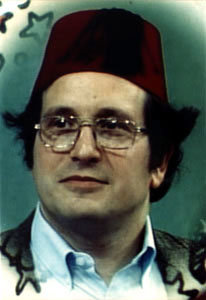
Gerald Jay Sussman is the Panasonic Professor of Electrical Engineering at the Massachusetts Institute of Technology (MIT). He has been involved in artificial intelligence (AI) research at MIT since 1964. His research has centered on understanding the problem-solving strategies used by scientists and engineers, with the goals of automating parts of the process and formalizing it to provide more effective methods of science and engineering education. Sussman has also worked in computer languages, in computer architecture, and in Very Large Scale Integration (VLSI) design.

Computer Science and Artificial Intelligence Laboratory (CSAIL) is a research institute at the Massachusetts Institute of Technology (MIT) formed by the 2003 merger of the Laboratory for Computer Science (LCS) and the Artificial Intelligence Laboratory. Housed within the Ray and Maria Stata Center, CSAIL is the largest on-campus laboratory as measured by research scope and membership. It is part of the Schwarzman College of Computing but is also overseen by the MIT Vice President of Research.
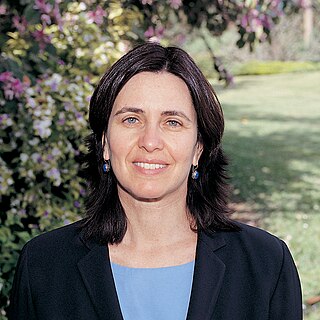
Shafrira Goldwasser is an Israeli-American computer scientist and winner of the Turing Award in 2012. She is the RSA Professor of Electrical Engineering and Computer Science at Massachusetts Institute of Technology; a professor of mathematical sciences at the Weizmann Institute of Science, Israel; the director of the Simons Institute for the Theory of Computing at the University of California, Berkeley; and co-founder and chief scientist of Duality Technologies.

Turtle Geometry is a college-level math text written by Hal Abelson and Andrea diSessa which aims to engage students in exploring mathematical properties visually via a simple programming language to maneuver the icon of a turtle trailing lines across a personal computer display.
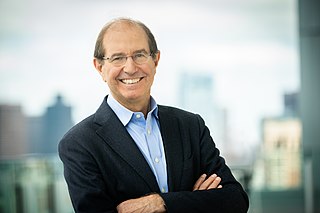
Silvio Micali is an Italian computer scientist, professor at the Massachusetts Institute of Technology and the founder of Algorand, a proof-of-stake blockchain cryptocurrency protocol. Micali's research at the MIT Computer Science and Artificial Intelligence Laboratory centers on cryptography and information security.

Charles Eric Leiserson is a computer scientist and professor at Massachusetts Institute of Technology (M.I.T.). He specializes in the theory of parallel computing and distributed computing.
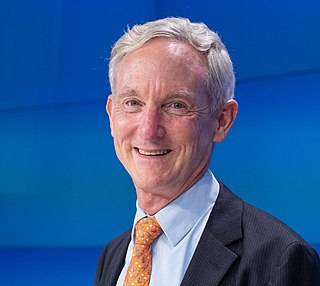
Frank Thomson "Tom" Leighton is the CEO of Akamai Technologies, the company he co-founded with the late Daniel Lewin in 1998. As one of the world's preeminent authorities on algorithms for network applications and cybersecurity, Leighton discovered a solution to free up web congestion using applied mathematics and distributed computing.
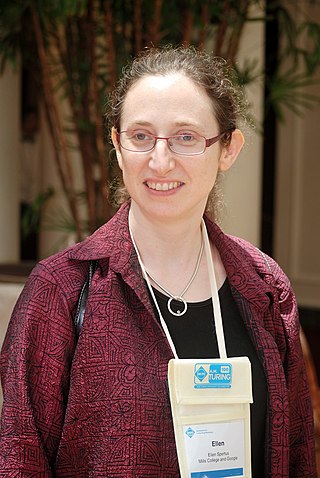
Ellen R. Spertus is an American computer scientist who is currently the Elinor Kilgore Snyder Professor of computer science at Mills College, Oakland, California, and a former senior research scientist at Google.
Structure and Interpretation of Classical Mechanics (SICM) is a classical mechanics textbook written by Gerald Jay Sussman and Jack Wisdom with Meinhard E. Mayer. The first edition was published by MIT Press in 2001, and a second edition was released in 2015. The book is used at the Massachusetts Institute of Technology to teach a class in advanced classical mechanics, starting with Lagrange's equations and proceeding through canonical perturbation theory.

Programming language theory (PLT) is a branch of computer science that deals with the design, implementation, analysis, characterization, and classification of formal languages known as programming languages. Programming language theory is closely related to other fields including mathematics, software engineering, and linguistics. There are a number of academic conferences and journals in the area.
The MIT Electrical Engineering and Computer Science Department is an engineering department of the Massachusetts Institute of Technology in Cambridge, Massachusetts. It is regarded as one of the most prestigious in the world, and offers degrees of Master of Science, Master of Engineering, Doctor of Philosophy, and Doctor of Science.

MIT App Inventor is a high-level block-based visual programming language, originally built by Google and now maintained by the Massachusetts Institute of Technology. It allows newcomers to create computer applications for two operating systems: Android and iOS, which, as of 25 September 2023, is in beta testing. It is free and open-source released under dual licensing: a Creative Commons Attribution ShareAlike 3.0 Unported license and an Apache License 2.0 for the source code. Its target is primarily children and students studying computer programming, similar to Scratch.
William Eric Leifur Grimson is a Canadian-born computer scientist and professor at the Massachusetts Institute of Technology, where he served as Chancellor from 2011 to 2014. An expert in computer vision, he headed MIT's Department of Electrical Engineering and Computer Science from 2005 to 2011 and currently serves as its Chancellor for Academic Advancement.
Keith Jonathan Winstein is a U.S. computer scientist and journalist. He is currently a professor at Stanford University.

Alan Stuart Edelman is an American mathematician and computer scientist. He is a professor of applied mathematics at the Massachusetts Institute of Technology (MIT) and a Principal Investigator at the MIT Computer Science and Artificial Intelligence Laboratory (CSAIL) where he leads a group in applied computing. In 2004, he founded a business called Interactive Supercomputing which was later acquired by Microsoft. Edelman is a fellow of American Mathematical Society (AMS), Society for Industrial and Applied Mathematics (SIAM), Institute of Electrical and Electronics Engineers (IEEE), and Association for Computing Machinery (ACM), for his contributions in numerical linear algebra, computational science, parallel computing, and random matrix theory. He is one of the creators of the technical programming language Julia.
George Springer was an American mathematician and computer scientist. He was professor emeritus of computer science at Indiana University Bloomington.

Blockly is a client-side library for the programming language JavaScript for creating block-based visual programming languages (VPLs) and editors. A project of Google, it is free and open-source software released under the Apache License 2.0. It typically runs in a web browser, and visually resembles the language Scratch.
Amber Settle is an American computer scientist and professor of education and theory in the department of Computer Science at DePaul University in Chicago, Illinois. She is known for her work in computer science education and her continuing service and leadership in Association for Computing Machinery (ACM) Special Interest Group on Computer Science Education (SIGCSE). She is also known for her work on computational thinking.














